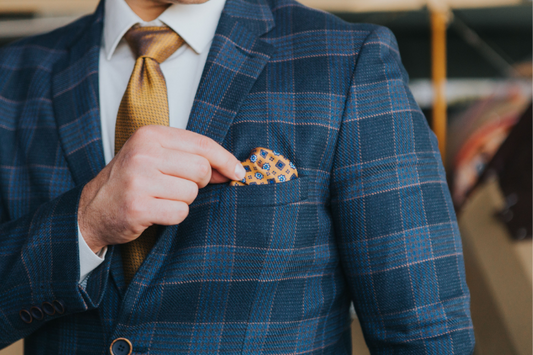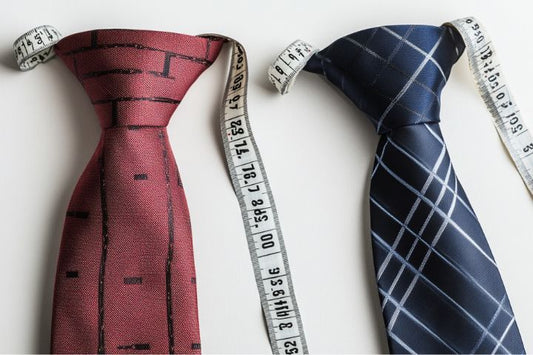Folding socks is a simple yet often overlooked aspect of laundry organisation after washing socks. Properly folded socks save space, prevent stretching, and maintain pairs together for ease of finding. There are several techniques for sock folding, each suited to different types of socks and storage solutions.
One popular method is the basic roll, which is compact and ideal for travelers or individuals with limited drawer space. For those with an extensive collection of socks, methods like the no-show fold can keep each pair neatly in its place. This technique involves laying socks flat and folding them in a manner that ensures they take up minimal space.
Learning to fold socks effectively can transform a cluttered sock drawer into an organised system, saving time and preserving the condition of the socks. Whether it's sports socks, casual or formal wear, each pair can be folded with precision to maintain its shape and quality.
Basic Folding Techniques
Properly folding socks can save space and keep drawers organised. Each method outlined below serves a different need, from maximising drawer space to ensuring socks are secure and compact for travel.
Standard Method
One starts by laying a pair of socks flat, one on top of the other. They fold the socks in half, ensuring the toe is aligned with the top of the socks, and then fold them in half again to quarter the length.
Army Roll
This method is ideal for saving space and is commonly used in military packing for its compactness. To achieve the army roll, one places socks on top of each other, rolls tightly from the toe end, and finally secures them by folding the cuff around the rolled bundle.
KonMari Method
The KonMari Method, popularised by Marie Kondo, involves folding each sock in thirds, then in half, allowing them to stand upright. This method not only saves space but also makes it easier to see all socks at once in the drawer.

Advanced Folding Tips
In this section, readers will learn how to efficiently pair and fold various types of socks, maximise space in their drawers, and preserve the elasticity of their socks through proper folding techniques.
Pairing Different Types
When folding socks of different types, such as thick woollen socks and athletic ones, it's essential to pair like with like to maintain an organised drawer. Thick socks benefit from the Ninja Knot method, where socks are laid flat on top of each other, folded in half, and then the top is wrapped around the bundle. Thin socks are best with the Flat Fold method, laying socks on top of each other and folding them in the middle, creating a flat and smooth rectangle.
Folding for Space Efficiency
To maximise space in one's sock drawer, the Marie Kondo Fold is highly effective. This method involves folding the socks in thirds, then in half, and standing them upright. Another method is the Origami Fold, where the socks are folded into small, tight squares that can be easily stacked, saving drawer space.
- Space-Saving Techniques:
- Marie Kondo Fold - Fold in thirds, then in half.
- Origami Fold - Fold into tight squares for stacking.
Maintaining Sock Elasticity
Preserving the elasticity of socks is crucial for their longevity. Socks should be folded gently without stretching the fabric. Avoid the Roll and Tuck method, where socks are rolled tightly into a ball, as this can overstretch the elastic. Opt for a loose Layer Fold, gently placing one sock on top of the other and folding them into a soft bundle.
- Techniques to Preserve Elasticity:
- Avoid Roll and Tuck - This can stretch and damage elasticity.
- Layer Fold - Gently creates a bundle, keeping socks in shape.
Organising Folded Socks
Once individuals have folded their socks using their preferred method, organising them effectively in their drawer or storage space is crucial for maintaining tidiness and ease of access. It can be done by a number of different ways, including by the materials of the socks.
By Colour
Organising socks by colour helps in swiftly locating the desired pair. Individuals may arrange them in a gradient from light to dark, or group them by colour families such as pastels, neutrals, or brights. Utilising labelled dividers or storage boxes can enhance the visual appeal and simplify the selection process.
- Whites/Neutrals: Arrange in a single row for easy matching.
- Darks: Sub-divide into navy, black, grey for precision.
- Brights/Patterns: Group similar patterns or vibrant colours together.
By Type
Categorising socks by type ensures that a pair's function aligns with the wearer's needs for the day. Athletic socks might be separated from dress socks, and ankle socks set apart from knee-highs. This method supports a structured arrangement and prevents the annoyance of sifting through irrelevant options.
- Athletic: Front of the drawer for regular gym-goers.
- Dress: Segregated by material, like cotton or wool.
- Casual/Everyday: Accessible spot, as they’re frequently utilised.
By Usage Frequency
Sorting socks by usage frequency allows for those frequently worn to be placed within easy reach, while less commonly used pairs can be stored further back in the drawer or on a higher shelf. This rotation strategy minimises disruption in the arrangement and keeps the drawer neat.
- Daily Wear: Forefront of the drawer or on top of the pile.
- Occasional Use: Positioned behind daily pairs.
- Seasonal/Specialty: Stored in a separate compartment or box.
Addressing Sock Folding Surpsing
In addressing common folding surprises, the reader will learn how to manage orphaned socks and handle wrinkled ones efficiently.
Dealing with Orphaned Socks
Orphaned socks often pose a challenge in the folding process. To tackle this, one should maintain a small basket or container specifically for single socks. When folding laundry, check the orphaned sock basket first to pair any matches. If a sock remains single after consecutive laundry sessions, consider repurposing it for cleaning or as a pet's toy.
Addressing Wrinkled Socks
For wrinkled socks, the best approach is to smooth them out by hand immediately after they come out of the dryer, while they are still warm. If socks have cooled and are wrinkled, they can be dampened slightly and stretched to reshape. When folding, ensure each sock pair is flattened firmly to help remove any remaining wrinkles.





